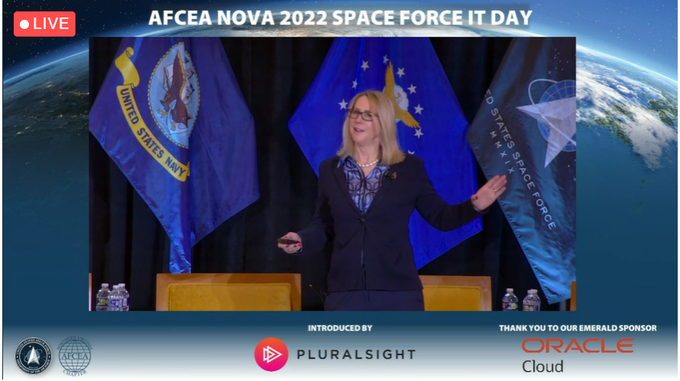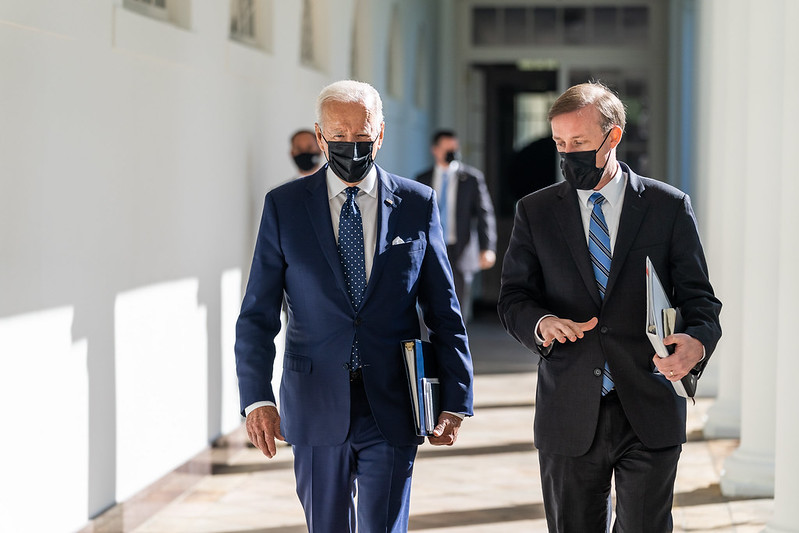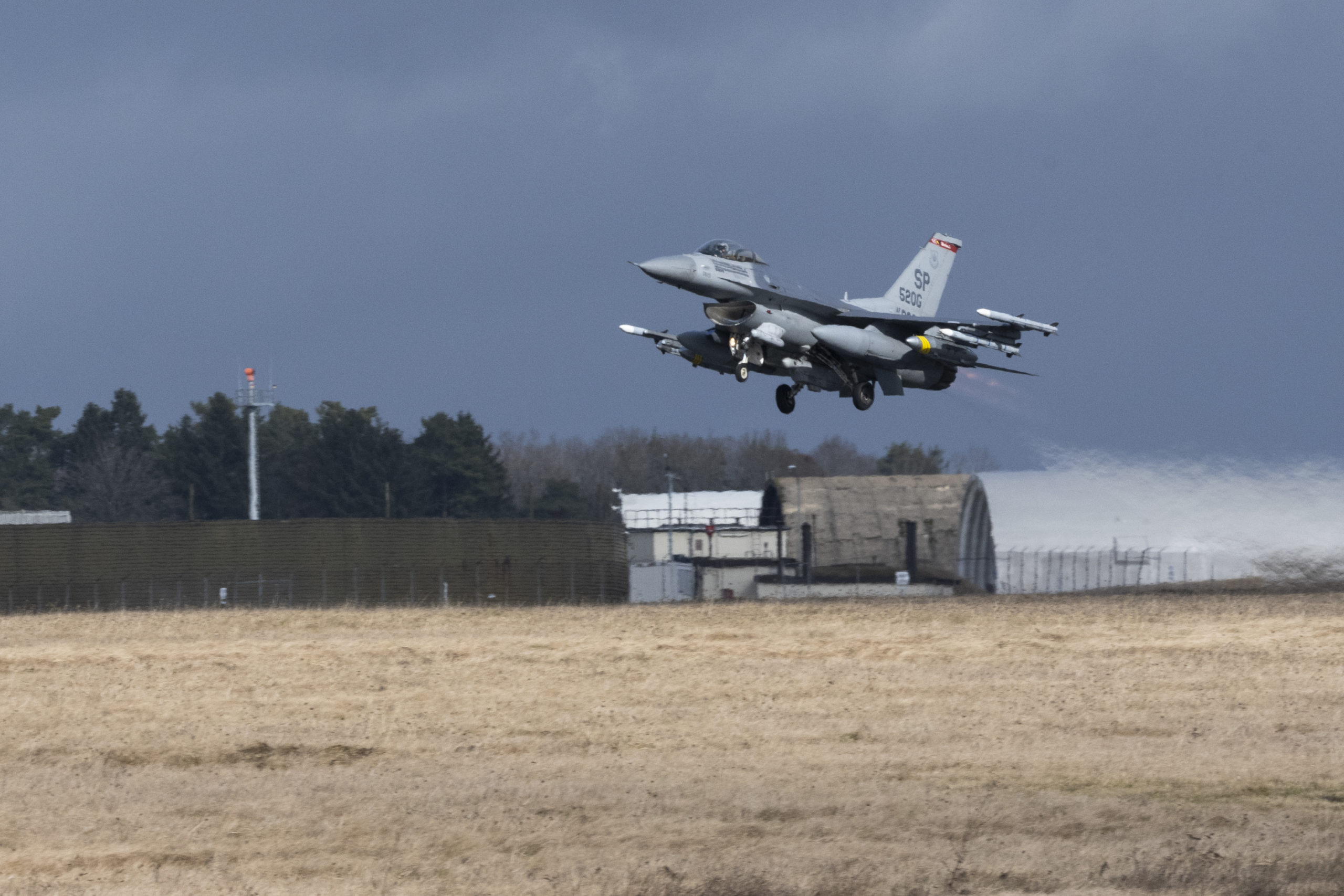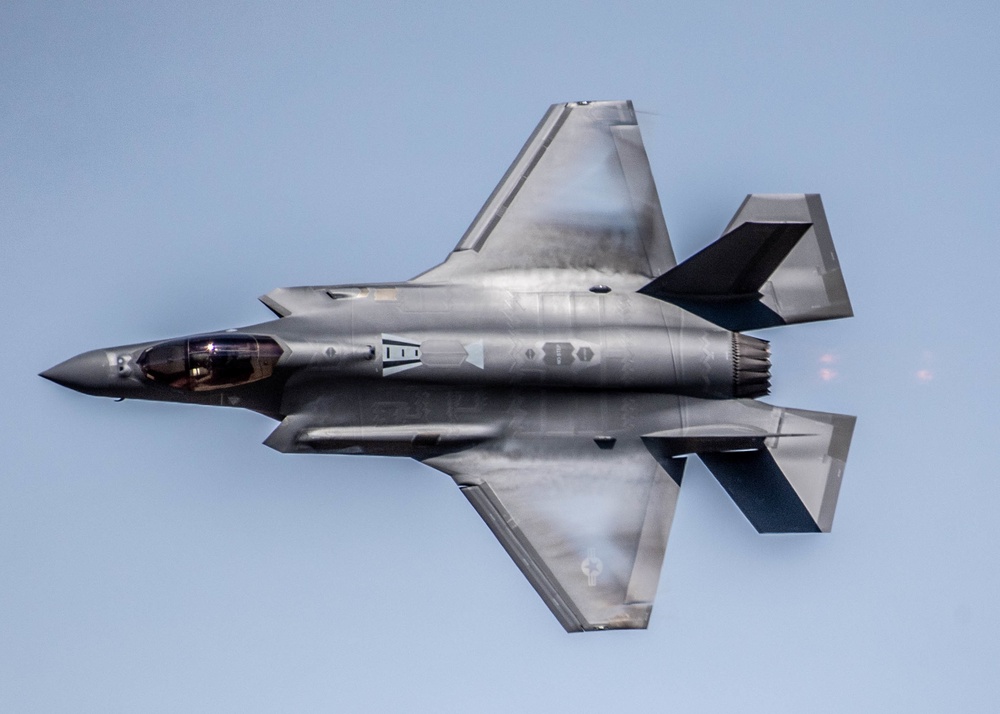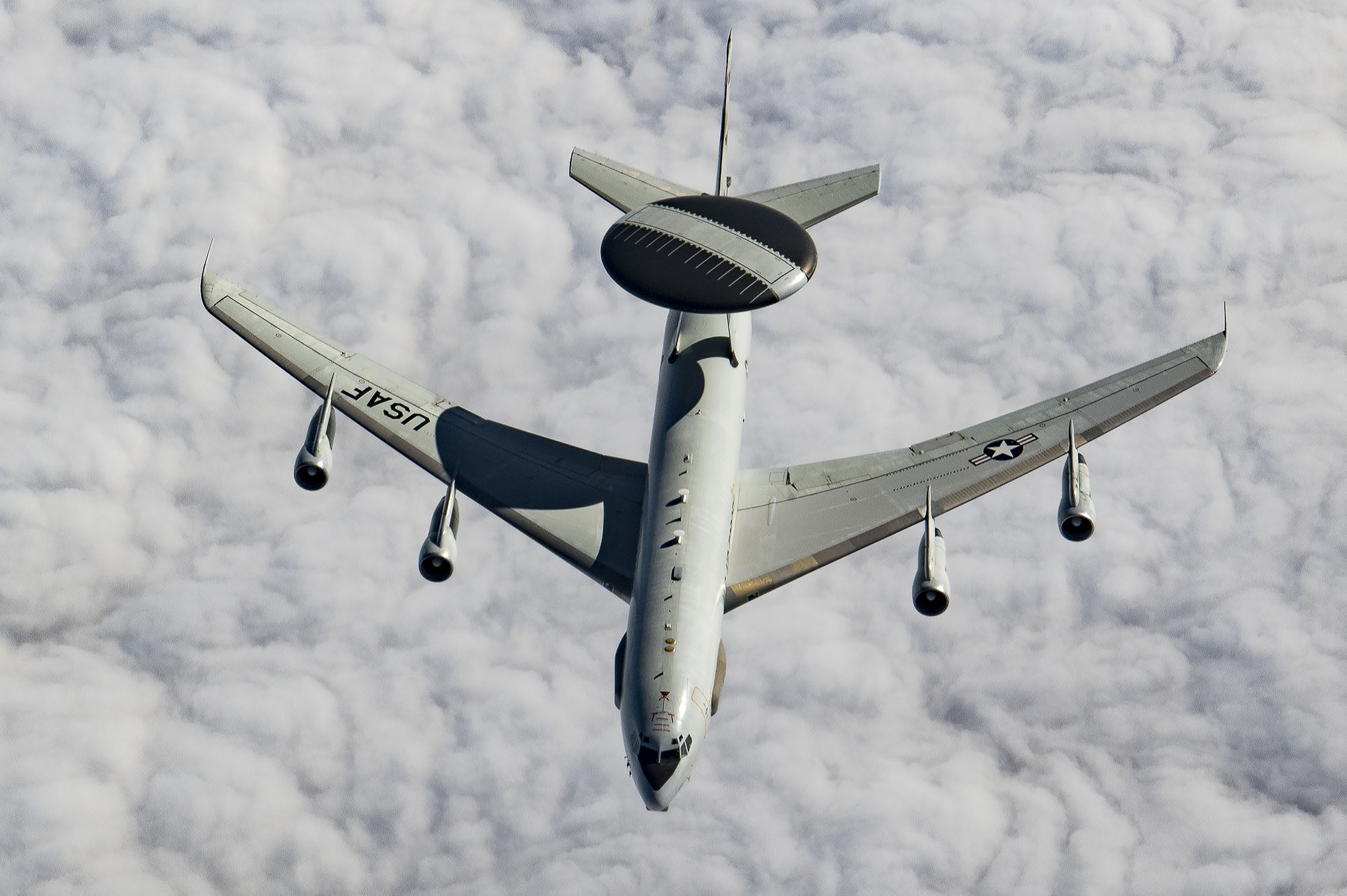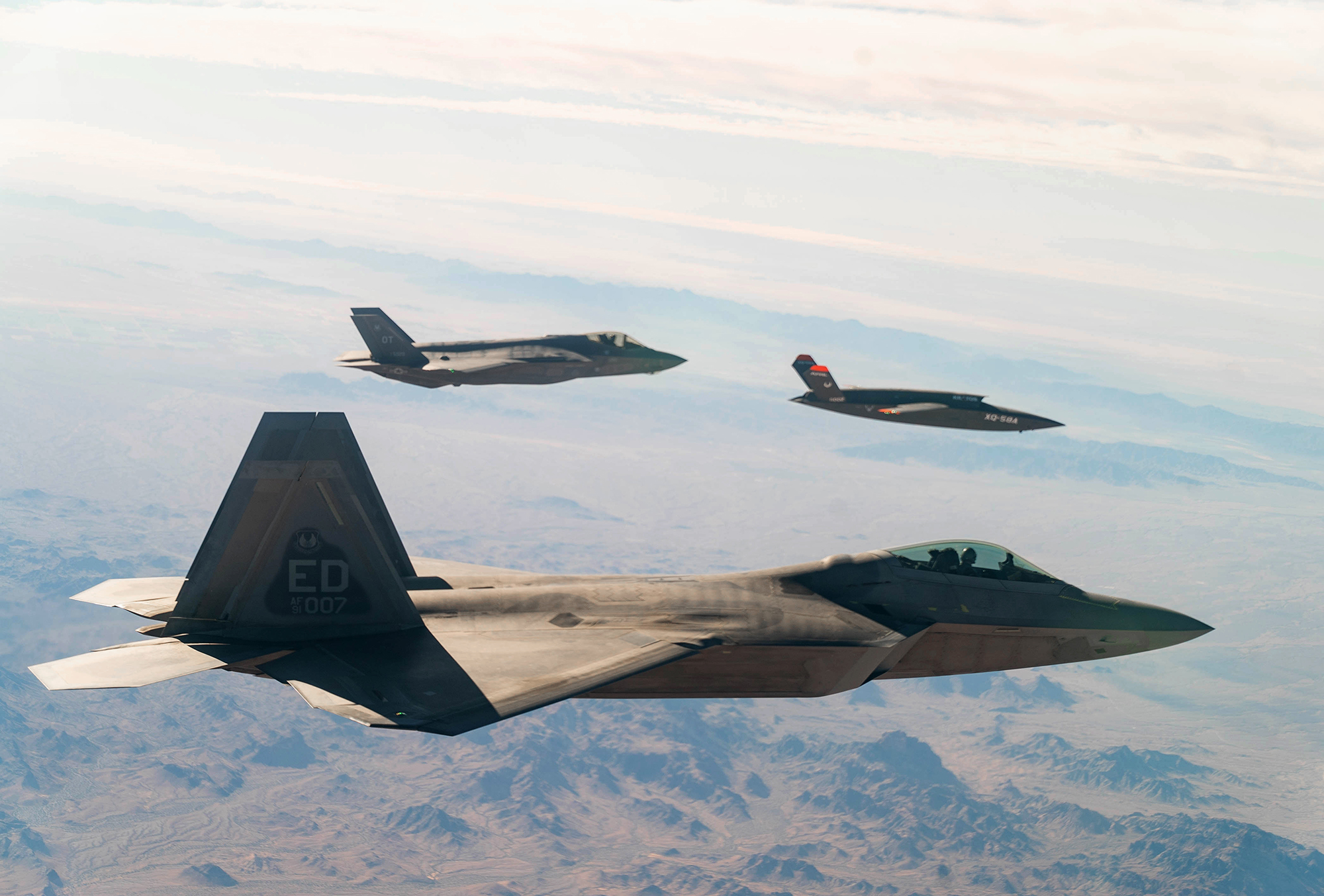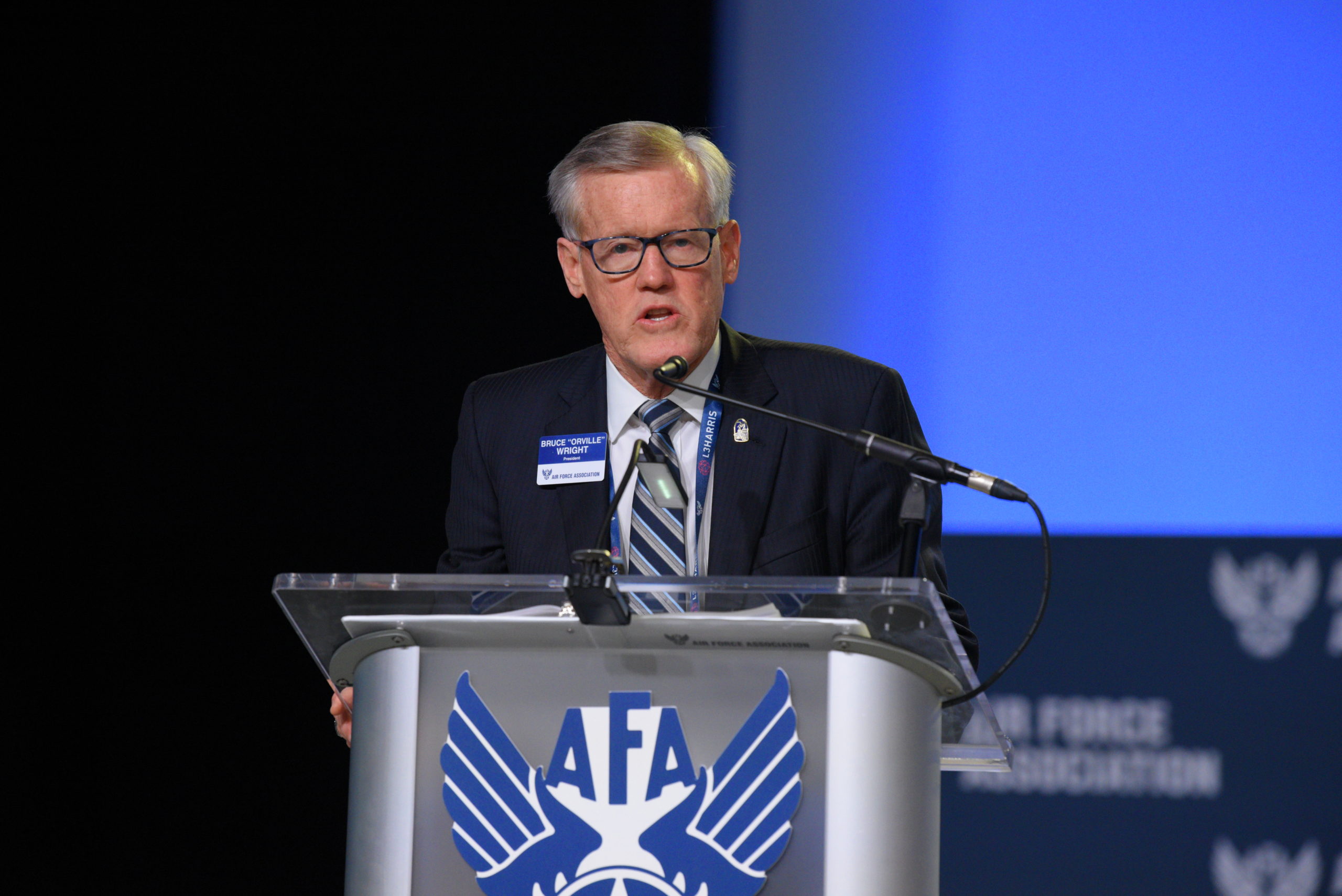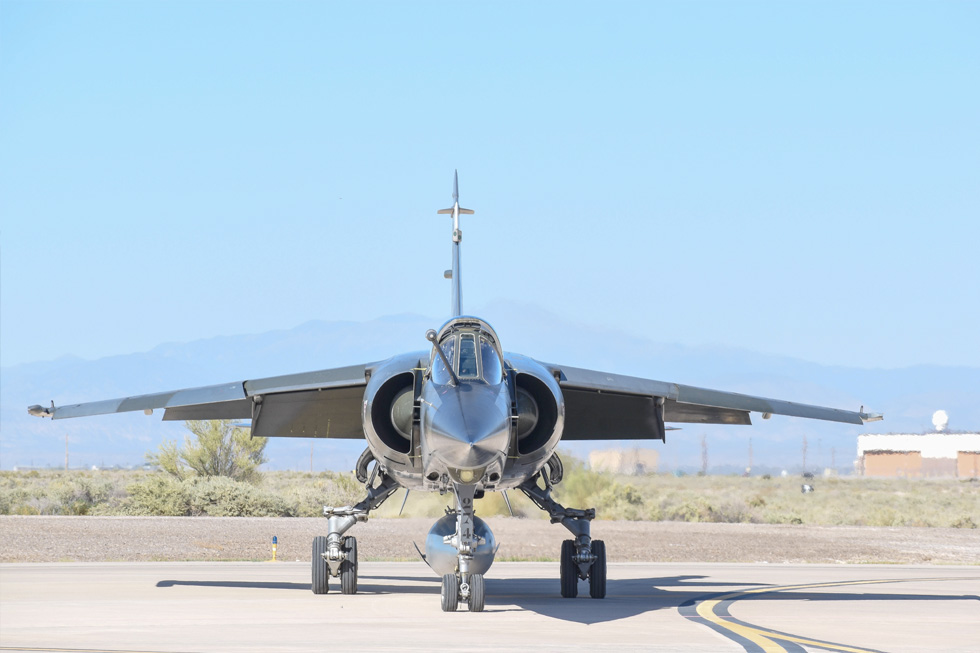The Space Force’s recently appointed Chief Technology and Innovation Officer Lisa A. Costa is on the lookout for emerging technologies in which investment will allow the service to overtake foreign adversaries.
“It is absolutely imperative that we leapfrog our competitors and that we do that in bet-hedging ways”—ways in which the advantage gained would be “asymmetric,” said Costa at the first ever AFCEA Space Force IT Day on Feb 10. “You’re not going to be able to do that across the board. You’re going to [have to] identify some specific areas where we clearly have some really groundbreaking, unique ideas, cost-imposing ideas, and we invest in those,” she said.
Costa’s office has a logo bearing its name and a catchphrase, or nickname—“Game Changers”—she explained. The logo pictures a chess board featuring both chess and checkers pieces.
“It’s not just about changing where we’re at on the game table. It’s really about, in some instances, actually changing the entire game that we’re playing,” Costa said.
Costa said her work identifying key technologies was ongoing but highlighted several areas of interest, starting with gamification and the Metaverse—the combination of social media and virtual reality touted by Facebook.
“Think about it: If you’re a Sailor, [even in training], you have the opportunity of feeling the sun on your face, the waves underneath the boat, and the smell of the sea. … If you’re a Soldier, you can get out there and feel the mud and the dirt,” she said. ”But our Guardians don’t have that opportunity. The only way that they experience their domain of operations is through digital data,” she said.
Focusing on augmented reality, virtual reality, and haptic devices that provide users physical feedback from a virtual environment would offer novel ways to turn that data into situational awareness for space operators, she said. Doing so could also help them understand faster their options in a given situation, “so that they can make decisions at the speed of mission.”
Focusing on those AR and VR technologies also meant the Space Force could “take advantage of the investments that industry is going to be making in the Metaverse,” she said. “There is really a lot of hype about [the Metaverse]. But on the other hand, there’s a lot of money going into it” as well.
Those technologies could be used for training as well as for operations, she said. And, incorporated into a digital engineering ecosystem, operator feedback could be used to automatically improve the product in its next iteration, she said.
Costa sits in the second layer of the Space Force’s org chart, right below Chief of Space Operations Gen. John W. “Jay” Raymond and his deputy Gen. David D. Thompson, alongside the chief human capital officer and the chief operations officer. Organizers said it was just her second public appearance since she was appointed in September 2021. She was previously director of communications systems and CIO for U.S. Special Operations Command.
